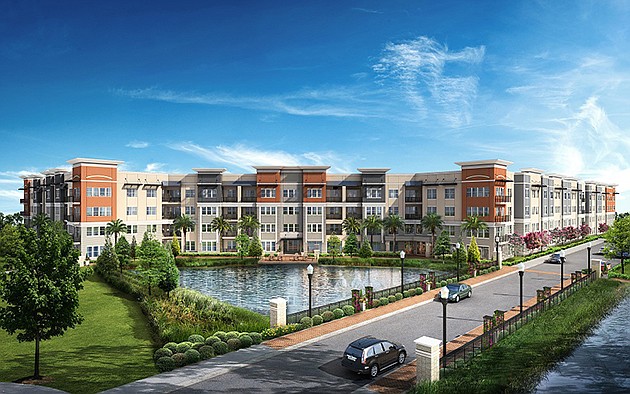- April 3, 2025
-
-
Loading

Loading

Investors have poured more than $1 billion into multifamily investments along the Gulf Coast since the end of the recession, pushing prices to record levels.
At the same time, fueled by rental gains and a dearth of new product, developers have proposed or built more than 50,000 new units from Tampa to Naples.
But despite all the activity, real estate professionals say the apartment market will maintain its momentum for at least the next two years.
“Of all the real estate segments, multifamily is the No. 1 performer,” says Michael Slater, president of Tampa-based Triad Research & Consulting Inc. “For the immediate horizon, say the next one to two years at least, nothing is going to change that. In 40 years, I've never seen it as hot as it is now.”
Pushed by job growth and economic recovery, shifting demographics, increased household formations, a continued hangover from the recession-era foreclosure crisis and changing cultural attitudes, apartment vacancies have shrunk to historic lows.
As a result, apartment owners have hiked rents to record levels, which has boosted capital inflow to the sector.
Real estate researcher Reis Inc. notes that between the start of 2008 and the end of the first quarter of this year, vacancy in the Tampa-St. Petersburg market fell from 7.4% to 4.6%, even as rental rates rose 11% to an asking rent of $924 per month. In Sarasota, vacancy fell from 11% to 3.2%, while rents rose 8.4% to $979. In Naples, available apartments went from 11.7% in the same time period to 4%, as rental rates climbed 14.4% to an asking rent of $1,114 per month.
Meanwhile, home ownership in the U.S. has sunk to its lowest level in nearly 50 years, to 63.4%, according to new Census Bureau figures, even as the pace of wage growth has slipped to its lowest rate in 33 years — leaving many unable to afford to save for a home's down payment.
Those market fundamentals have spurred both acquisitions and new development. In Tampa, Pollack Shores Real Estate Group is set to add 274 units by early 2017; in Sarasota, nearly 1,000 new units are proposed for the city's Rosemary District alone; and Norstar Development and Oakwood Properties plan to build 612 units collectively in Fort Myers and Estero.
Record sales have occurred, too, such as Invesco Inc.'s September 2014 purchase of the 311-unit NoHo Flats in Tampa for $57.25 million.
Still, development hasn't been concentrated and lenders remain cautious.
“Most of the development has been staggered, so it's given the market time to absorb,” says Amanda Cooper, director of multifamily investment sales with Colliers International. “And lenders are being conservative, doing deals only if they make sense today, not two years from now. To me, it feels like we're in the sixth inning of the game.”
She and others add that most lenders are requiring as much as 35% equity today, versus 20% in the last decade.
And while some analysts worry that rent is eating up a greater percentage of household income than normal, Cooper and Slater say that won't curtail the multifamily boom.
“I think it'll level off some, but I don't see it coming to a halt or many problems down the road,” says Bruce Erhardt, executive director of land brokerage services with Cushman & Wakefield, in Tampa. “There's money flooding the market, but no one's building anything stupid.”
- K.L. McQuaid